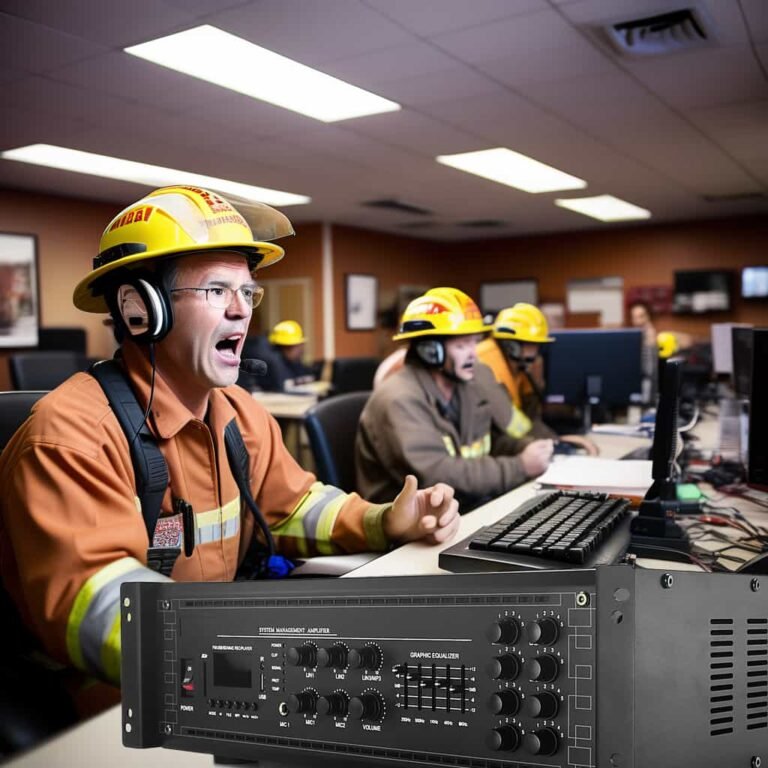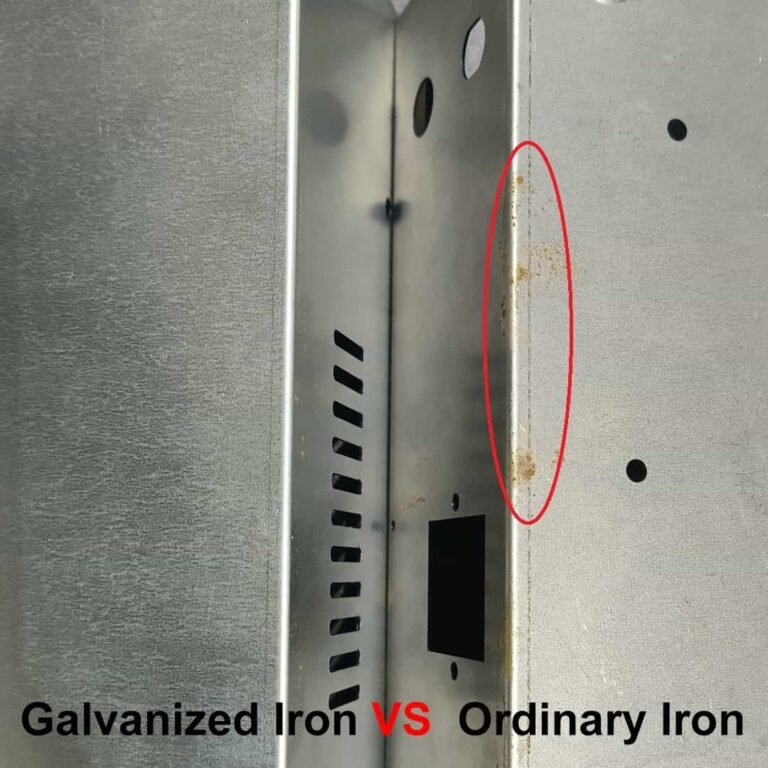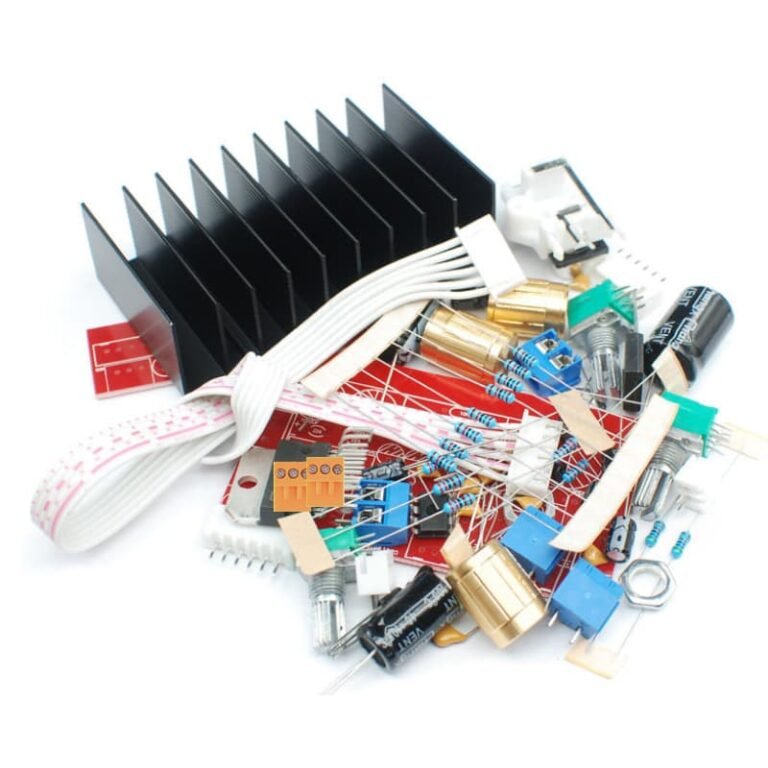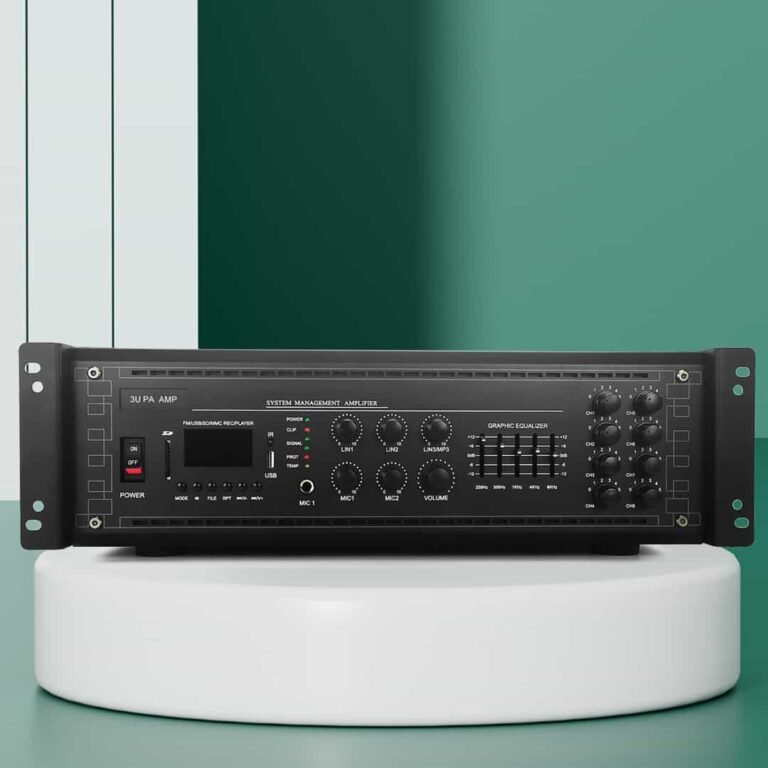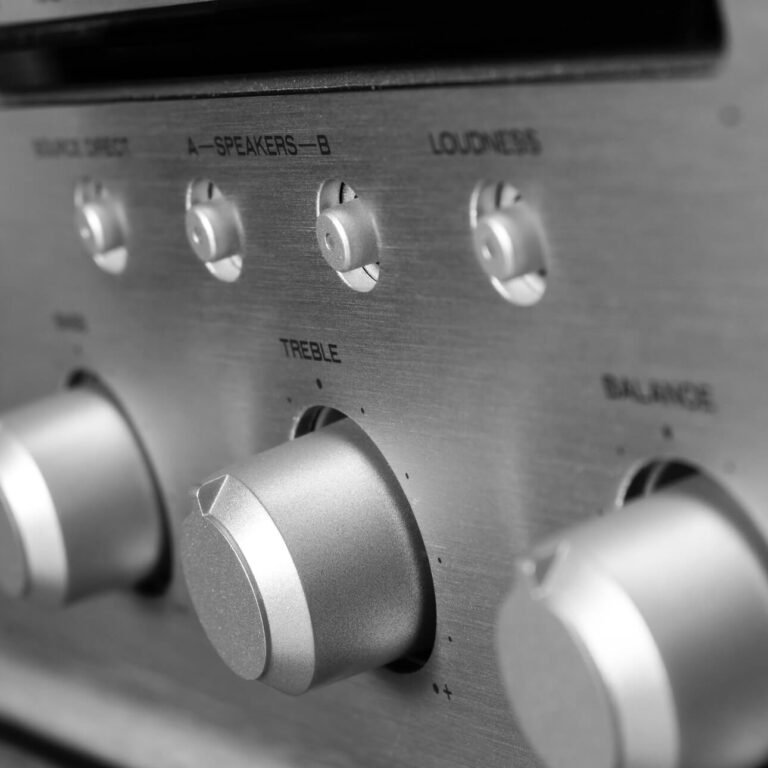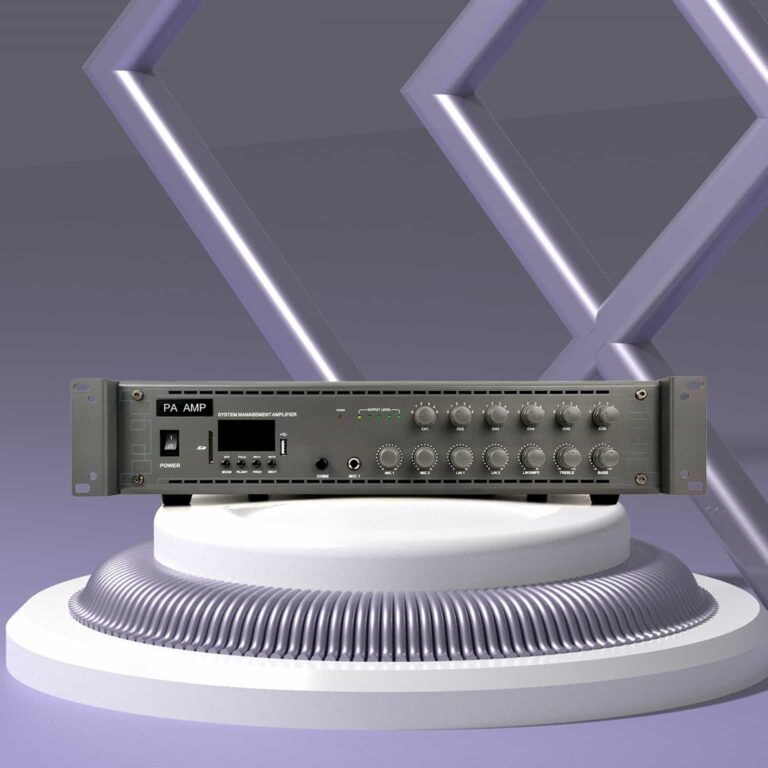Pro Audio amplifiers(PA amplifier) play an important role in our daily life-in schools, shopping centers, hospitals, office buildings, etc. Being the main component of PA system ,their quality directly affects the efficiency of the PA system. So how to choose a quality amplifier among the PA amplifiers available? In this article, we will cover some key points.
What is a pro audio amplifier?
An pro audio amplifier, often referred to as a professional audio amplifier, a device that enhances the strength of audio signals and transmits them through speakers at a louder volume. This equipment is widely used in professional audio setups, such as concerts, theaters, clubs, and recording studios. The primary function of an audio pro amplifier is to amplify low-power audio signals received from various sources such as microphones, CDs, or mixers, and boost them to a level suitable for larger venues or audiences.
These audio amplifiers are designed to provide pure, distortion-free sound reproduction, creating a more seamless audio experience.
The role of a pro audio amplifier
Understanding the role and function of audio amplifiers is essential for anyone working in the music or entertainment industry. Professionals rely on audio amplifiers to effectively control and shape the sound, allowing for precise adjustments according to their specific audio needs.
A good amplifier ensures that the sound is clear, powerful, and distortion-free. This can make the difference between a memorable and unforgettable event.
Key factors when choosing an amplifier for PA system
Power requirements and power considerations
Power is of great importance. Consider the size of the room and the number of speakers you are using. If you’re hosting a neighborhood bingo tournament, you won’t need as powerful an amplifier as you would for a rock concert. On the other hand, if you’re revitalizing the main stage at the Coachella festival, you don’t need an amp that will be drowned out by the chirping of crickets. Find the optimal wattage you need.
For more information on power selection, please visit: https://vipsounds.com/pa-system-whats-the-right-amount-for-your-setup/
Number of channels and input options
How many microphones or sound sources do you plan to connect? If you’re playing solo with just a guitar and a microphone, a basic amplifier will suffice. However, if you’re throwing an extravaganza with multiple vocalists and instruments, you’ll need an amp with enough channels and input options for everyone.
We have a great selection of 2/3/4/channel amps: https://vipsounds.com/professional-power-amplifier/
Compatibility with existing PA systems
Make sure the new audio amplifier matches your existing equipment. Check compatibility with speakers, mixers and any other components you plan to use.
Besides, pay special attention to matching the amplifier power to the speaker ratings. Improper matching may result in underpowered or overpowered speakers, distortion, speaker burnout, or even the listener not hearing any sound.
Please visit this article for more information about copatibility and matching: https://vipsounds.com/how-to-purchase-pro-power-amplifier-for-your-existing-audio-system/
Pro audio amplifier features and connection options
Built-in effects and sound processing
Some mixer amplifiers have built-in effects such as reverb and chorus. These effects make your performance more professional and save you from having to carry around an external processor. Become a sound wizard and wow your audience.
Wiring options for inputs and outputs
Make sure your amplifier has all the connectors you need to connect to your various audio sources. Consider the number and type of inputs and outputs you need, such as XLR or TRS, so that you don’t ruin your performance by making the wrong connections.
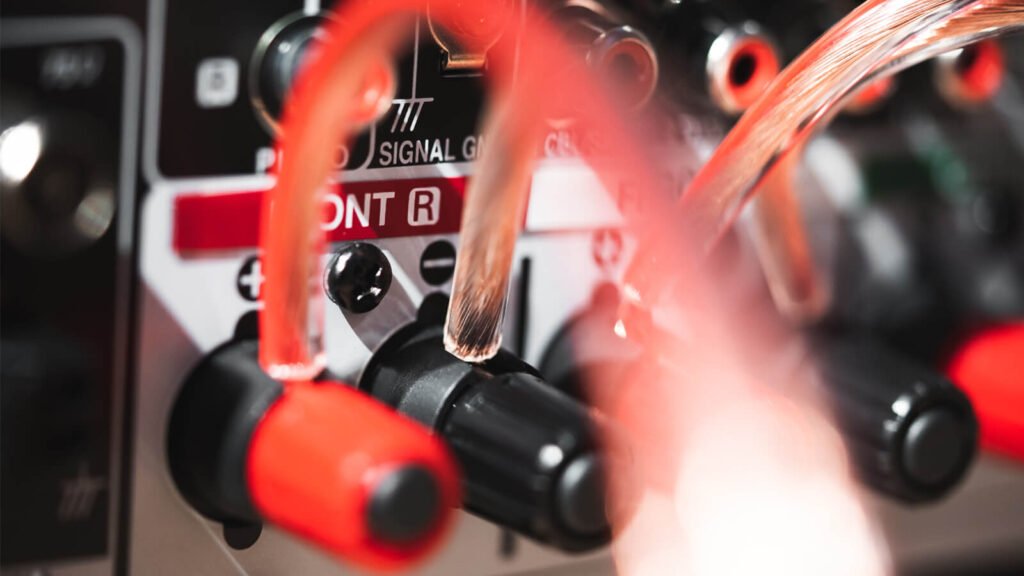
Research different brands and models of amplifiers
Popular brands of Pro audio amplifiers
There are many different brands in the world of pro audio amplifiers, each offering unique products. Some of the popular brands include Bose, Yamaha, and LayviKay. Remember to consider reputation, customer reviews, and customer support when choosing the right brand for your needs.
Comparing different models
When comparing different amplifier models, it’s important to consider factors such as power, number of channels, connectivity options, durability, and overall sound quality. Considering your specific needs and budget, you can read reviews or seek expert advice to narrow down your options. You can also contact us anytime, we you will receive a response within 24 hours.
Setting up and optimizing the PA amplifier system
Amplifier placement and connection
Correct placement and connection of amplifiers is essential for optimum sound quality. Amplifiers should be placed in a well-ventilated area and are not recommended to be placed in small confined spaces, while checking that there is no electromagnetic interference in the surrounding area.
In addition, all audio sources (e.g. microphones and musical instruments) should be connected to the appropriate amplifier inputs using high grade cables, poor quality cables such as non-copper cores or excessively small gauge wires can seriously affect the sound quality.
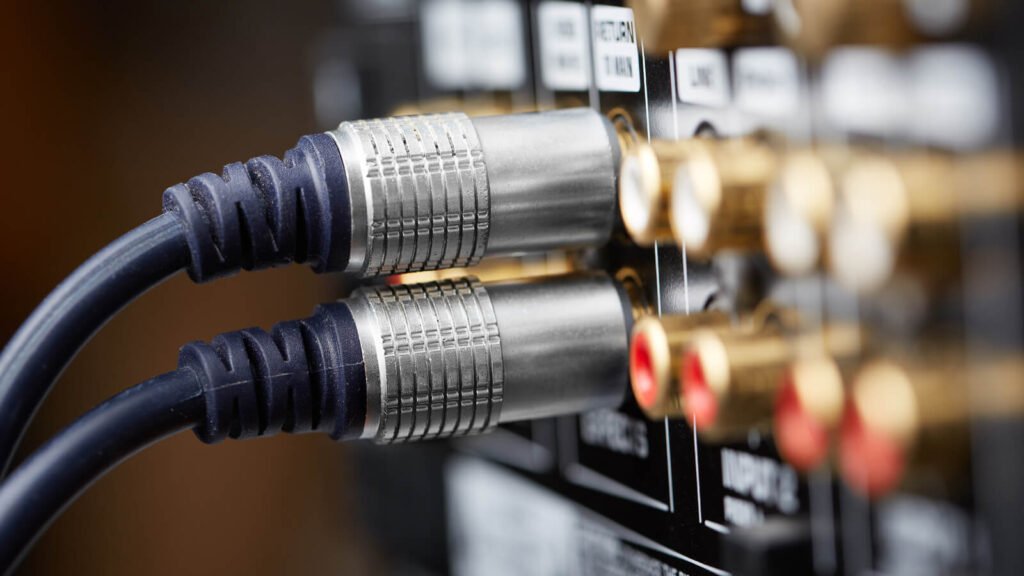
Adjusting the Gain Control and Equalizer
Adjusting the Gain Control
The gain control usually adjusts the input level of the audio source. Most audio amplifiers have a gain control knob, usually labeled “Volume” or “Gain”. You can gradually adjust this knob to increase or decrease the overall volume of the audio signal as needed.
Adjusting the Equalizer
The equalizer is used to adjust the volume of different frequency bands in the audio signal to improve the sound quality and listening experience. Most audio amplifiers have an equalizer, which usually includes Bass, Mid, and Treble control knobs.
Bass
Adjusts the volume of the lower frequency range. If you want to increase the loudness of the lower frequencies, turn this knob to the right; if you want to decrease the loudness of the lower frequencies, turn this knob to the left.
Mid
Adjusts the volume of the midrange band. Adjustments to this knob will affect the volume of vocals and some instruments. You can adjust this knob as needed to improve the sound quality of the midrange band.
Treble
Adjusts the volume of the high frequency band. If you want to increase the clarity of the high frequencies, turn this knob to the right; if you want to decrease the clarity of the high frequencies, turn this knob to the left.
If these instructions are abstract and difficult to understand, see our public address amplifier interface below


Experiment with these settings to achieve the best balance between clarity and punch for your particular show or venue. One thing to keep in mind is to always audition the results after adjusting the gain control and equalizer.
In conclusion, choosing the right pro audio amplifier is critical to optimizing the sound quality and performance of your sound system. Factors such as power requirements, connection options, and venue size will help you make an informed decision to meet your specific needs. If you still can’t make sense of certain parameters or features, contact us at any time.

